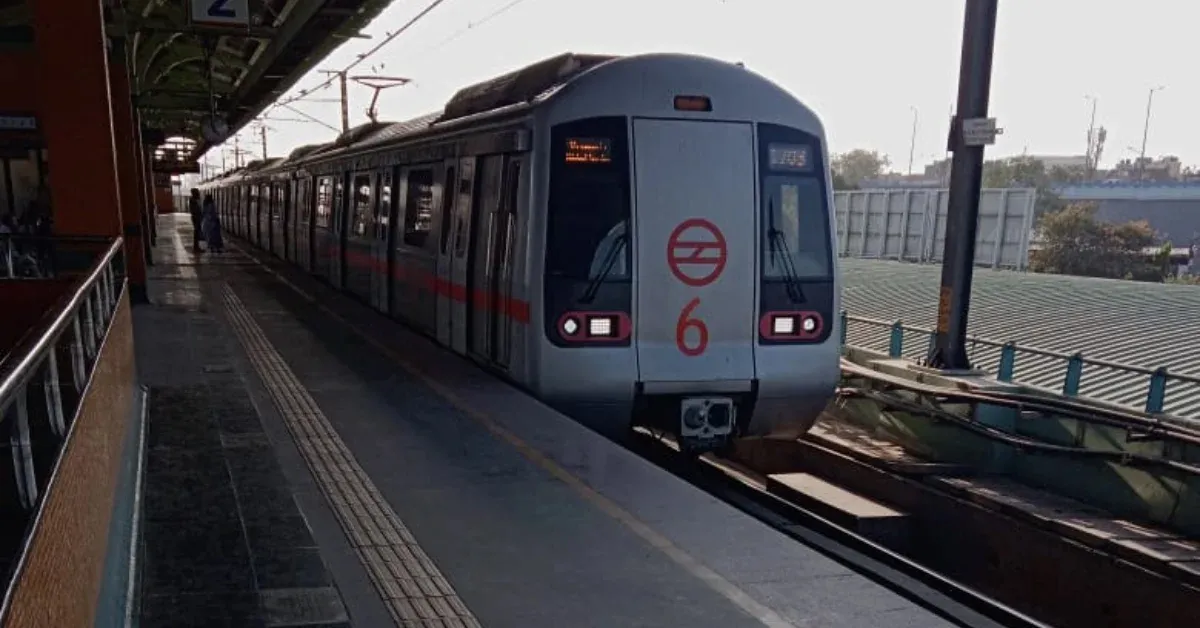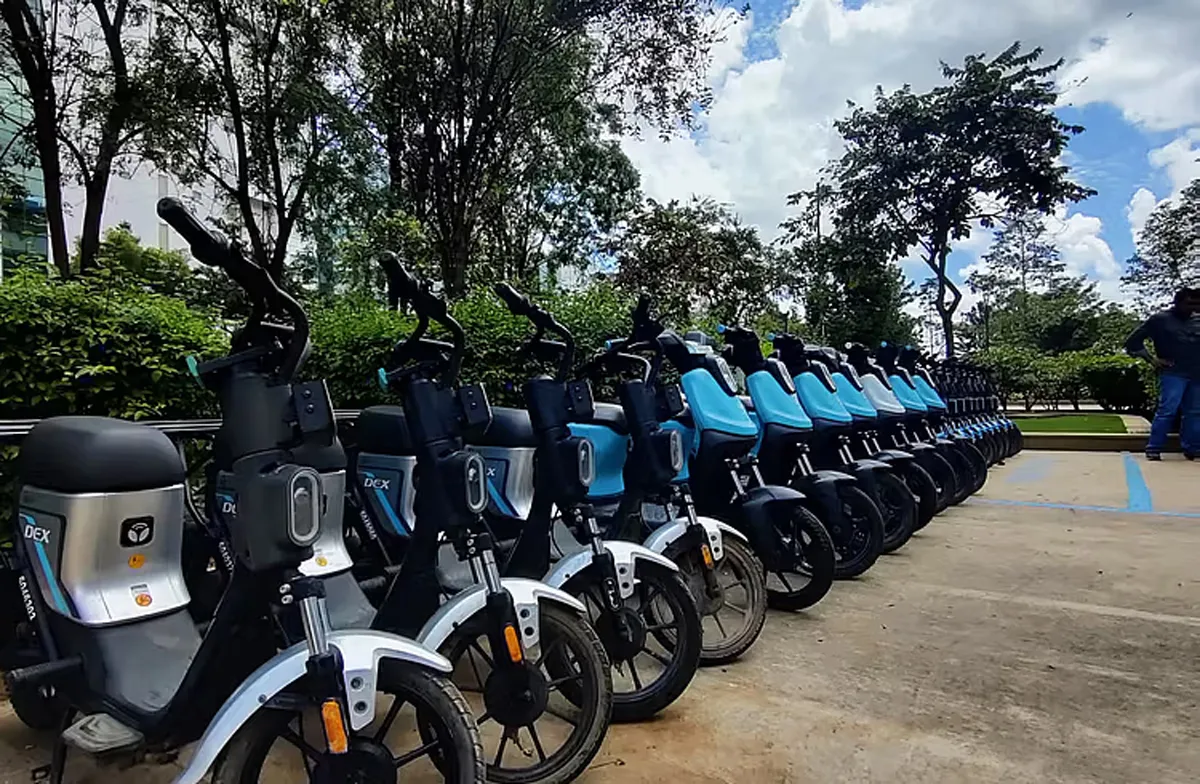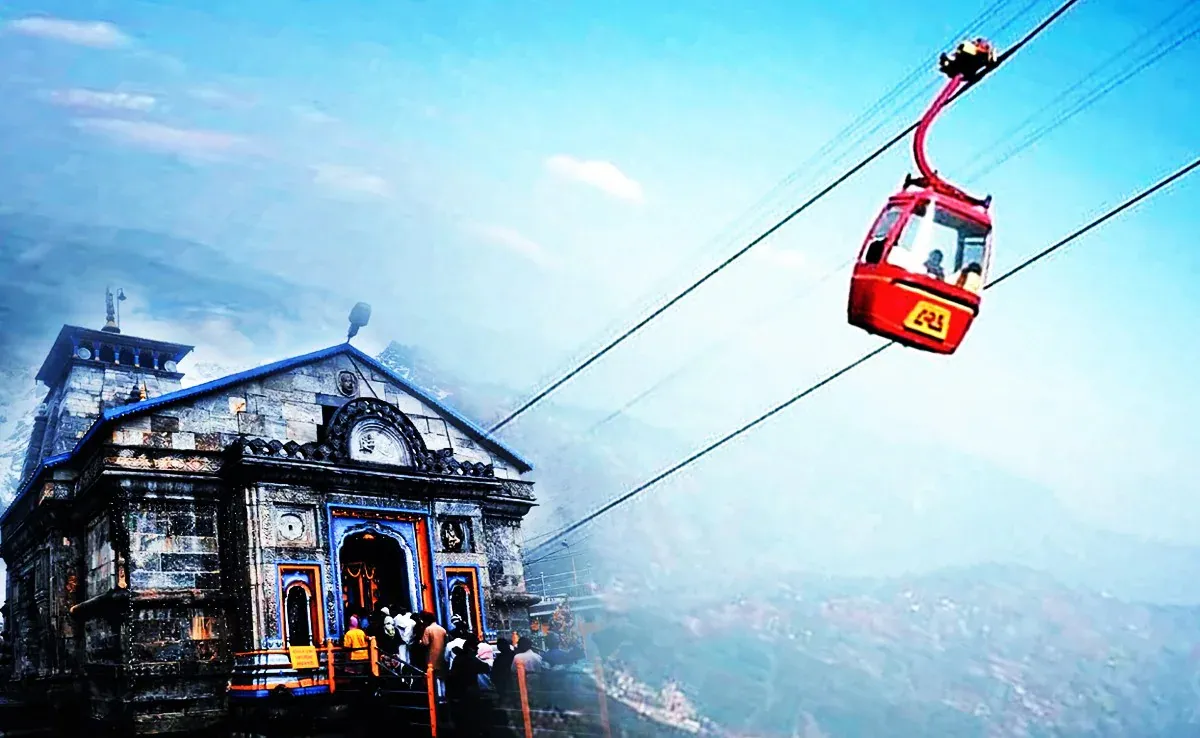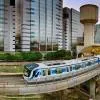
DMRC revives plan for Dwarka–Gurgaon Metro corridor
Nearly a decade after it was shelved, the Delhi Metro Rail Corporation (DMRC) is reconsidering a long-discussed plan to extend the Metro from Dwarka to Gurgaon.The proposed 12-km corridor would run from Yashobhoomi station in Dwarka Sector-25, on the Airport Express Line, to IFFCO Chowk along the Delhi–Jaipur Expressway. Planned stations include Bharthal, Bijwasan, Carterpuri, and Tau Devi Lal Park in Sector 23. An interchange is expected with the Gurugram Metro corridor at Sector 23.If implemented, the extension would provide direct metro access from Dwarka to key commercial hubs including ..

Ola, Uber, Rapido get nod for Mumbai bike taxi services
The Maharashtra State Transport Authority (STA) has granted provisional licences to Ola, Uber, and Rapido to operate bike taxi services in the Mumbai Metropolitan Region. The move follows the implementation of the Maharashtra Bike Taxi Rules 2025.As per STA’s approval, the minimum fare has been fixed at Rs 15 for the first 1.5 km, with an additional Rs 10.27 per km thereafter. The licences are valid for one month, during which operators must apply for permanent permits by fulfilling all regulatory conditions.Smart-Ride’s application was rejected for failing to meet the prescribed norms. Of..

Adani wins Kedarnath ropeway project to cut trek to 36 minutes
Adani Enterprises Ltd (AEL) has secured the contract to build a 12.9-km ropeway connecting Sonprayag with Kedarnath, a project expected to transform the pilgrimage experience. Awarded by National Highways Logistics Management Ltd (NHLML), the project will be executed under the National Ropeways Development Programme – Parvatmala Pariyojana.Currently, pilgrims undertake a gruelling nine-hour trek to Kedarnath. The ropeway will reduce this journey to just 36 minutes and can transport 1,800 passengers per hour in each direction, serving the nearly 20 lakh devotees who visit annually.The Rs 25,0..
















